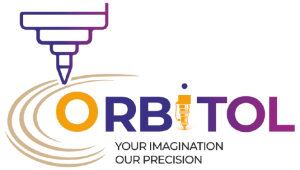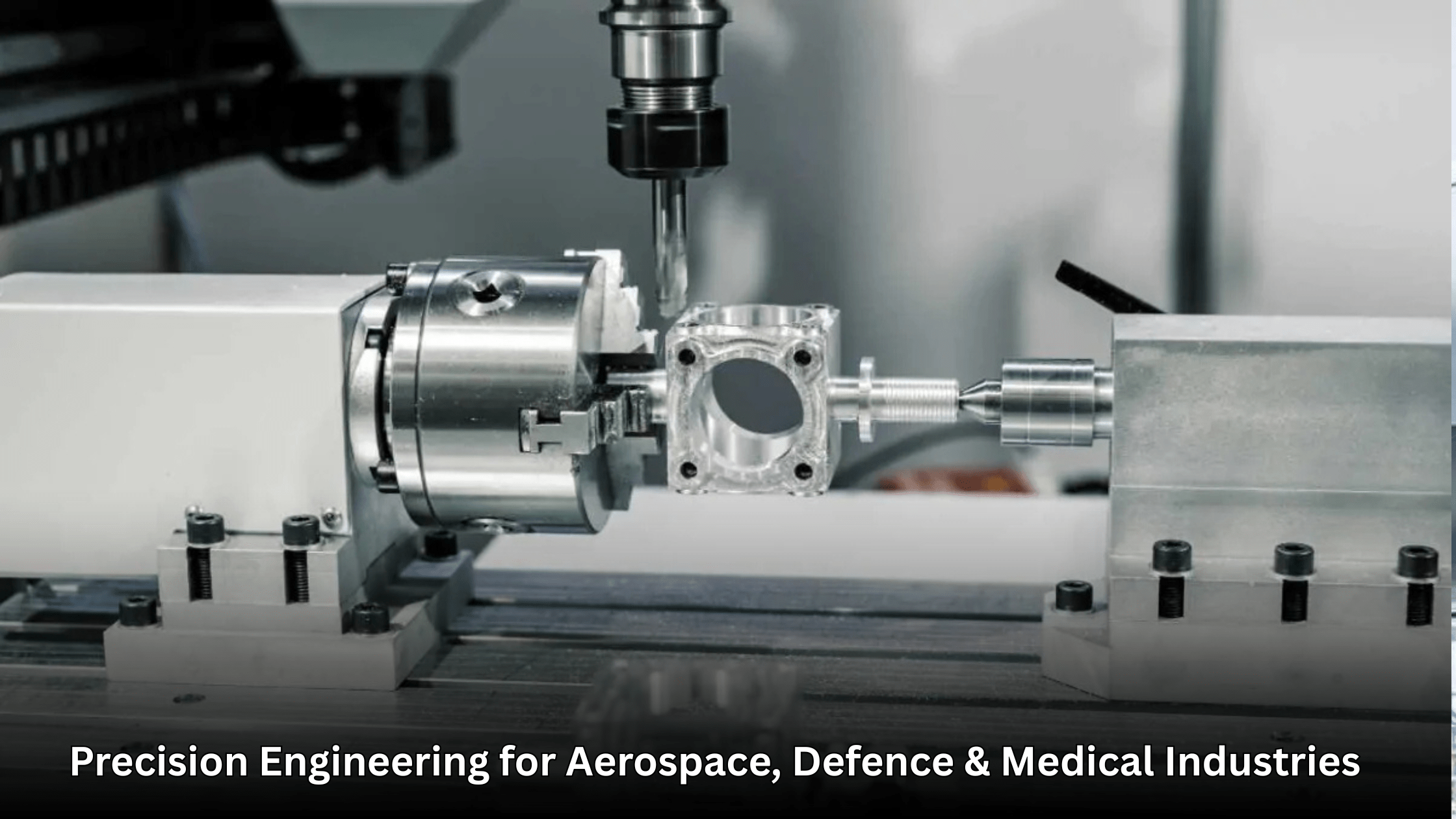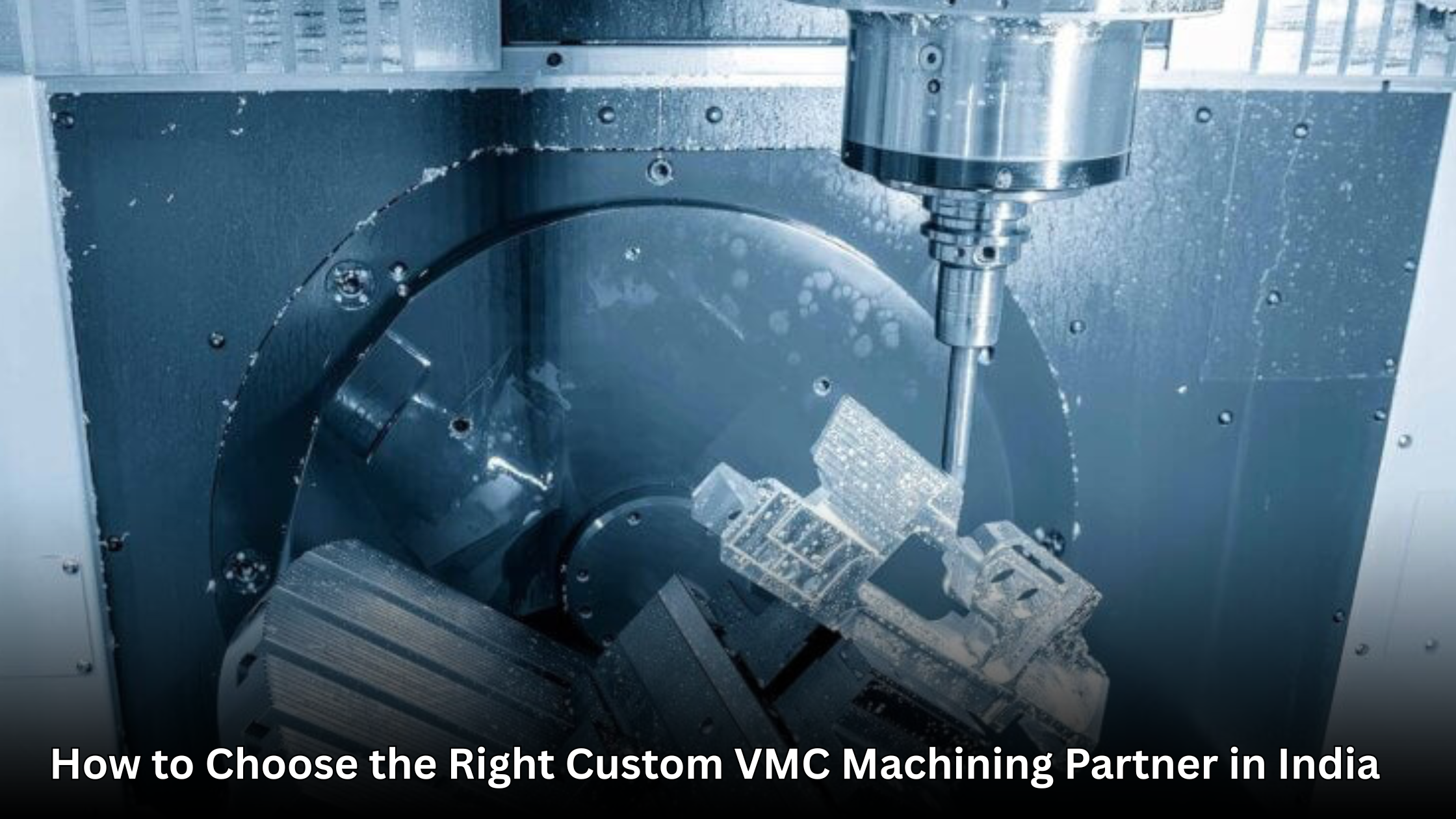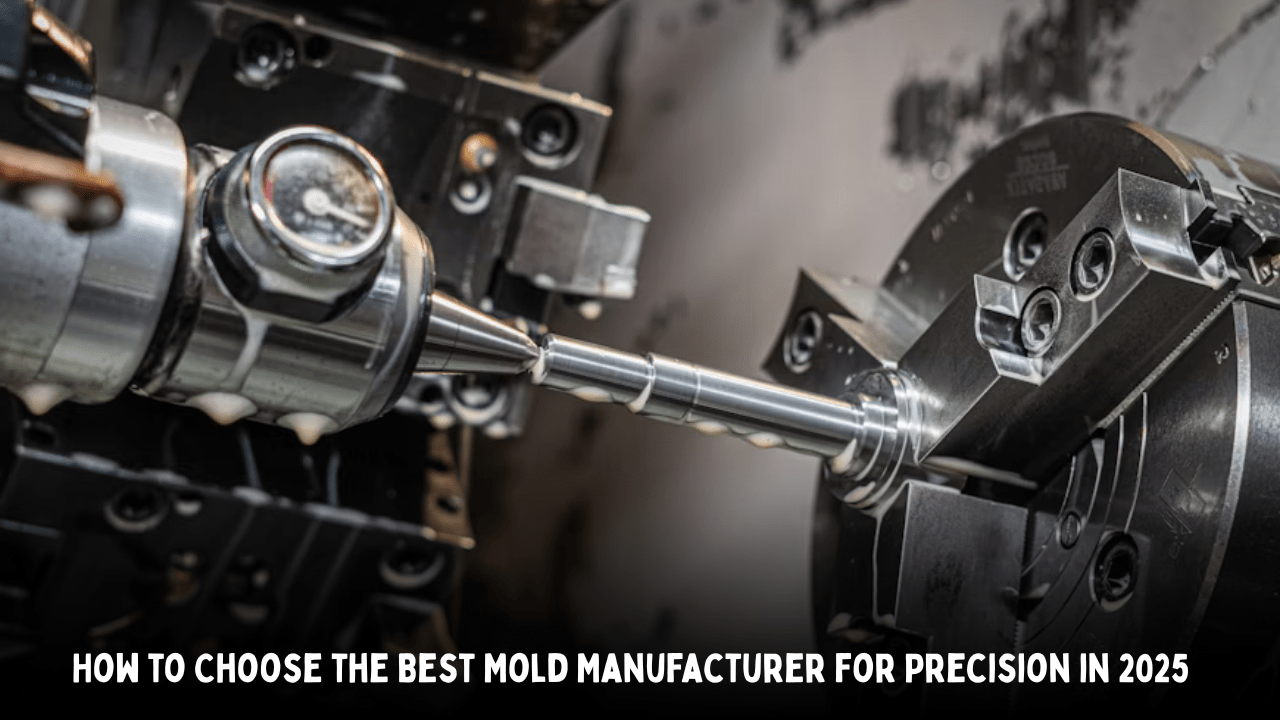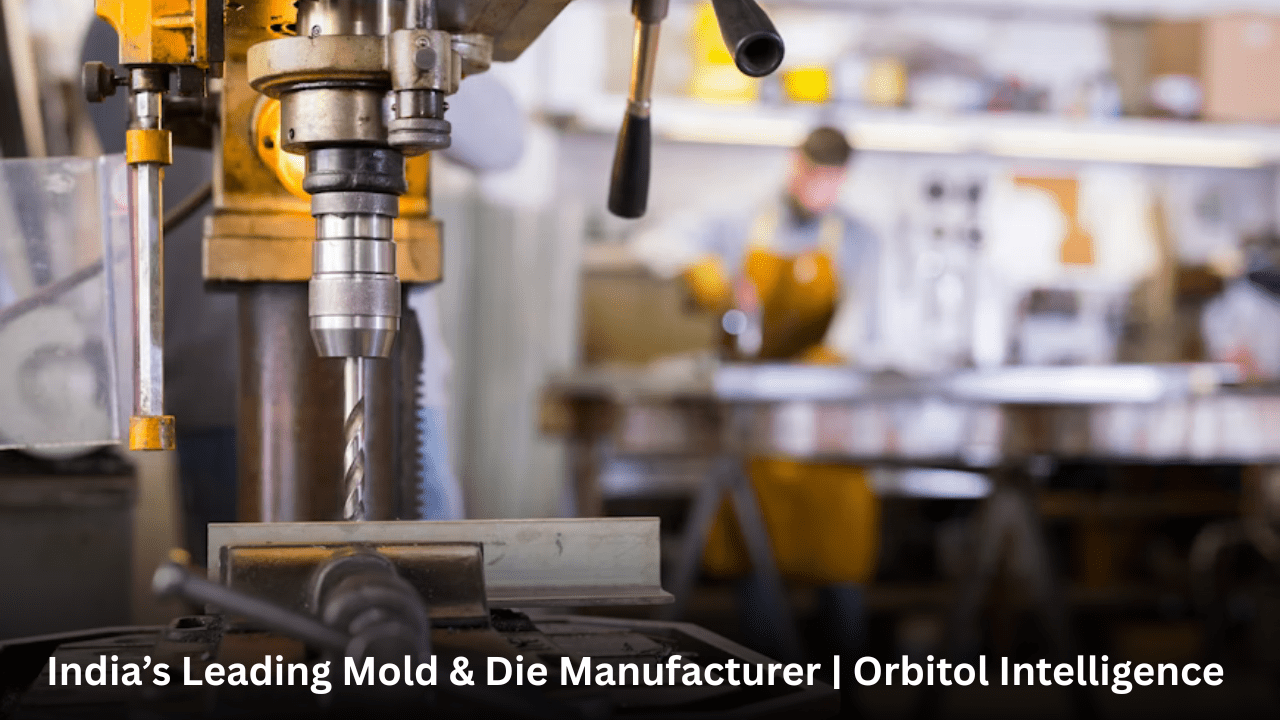Today, where everything is measured with microns, especially, the manufacturing of high-performance components has to be as controlled as the process itself. ISO Class Cleanroom assembly is the leader of this success the invisible power behind every high tolerance part used in the likes of aerospace, medical devices, electronics, and defense.
We can look at the reasons behind this on the part of cleanroom assembly not just being a quality measure but an essential factor in assuring reliability, precision, and safety.
1. What Is an ISO Class Cleanroom?
ISO Class Cleanroom is a setting where people try to limit the introduction of small particles, their germs, or aerosols that take part in precision manufacturing.
ISO categorizes cleanrooms into classes from ISO Class 1 (the cleanest) to ISO Class 9 (less stringent), specifying the maximum count of particles per cubic meter of air.
For instance:
ISO Class 5 permits 3,520 particles per cubic meter.
ISO Class 7 offers about 352,000 particles per cubic meter.
The stricter the tolerance the more a procedure environment need to be cleaned.
At high tolerance part production even a single grain of dust can lead to dimensional variations, diminish surface finish quality, or cause compatibility during assembly to be affected. So, these sectors are heavily relying on cleanrooms to keep things constant and efficient.
2. Why High Tolerance Parts Demand a Controlled Environment
High tolerance parts are parts that are produced with the exact dimensional requirement — often they are limited to a few microns. These parts are vital in such areas as aerospace, defense, and medical devices where perfection comes down to safety and performance.
If we think of an implant surgery that doesn’t perfectly fit or a certain aircraft turbine blade off just a couple of microns — I can tell the troubles would be immense. Therefore, manufacturing these parts not only requires highly skilled machines but also a contamination-free environment.
High tolerance parts cannot be manufactured without cleanrooms because:
Contamination prevention: Even dust that is invisible to the naked eye can change measurements and lower performance.
Facilitation of surface finish: Controlled environments guarantee the desired smoothness and accurate application of coating.
Production of the same accuracy level: No matter from which batch each piece has the same or very close dimensions.
Extension of component lifespan: Allowing for minimal particulate contamination equipment will be less worn and can have a good fit for a longer period of time.
3. The Link Between Precision Engineering and Cleanroom Standards
One of the advantages of precision engineering is predictability – that every component is as specified every time. If it weren’t for ISO Class Cleanroom standards, this predictability would, however, not exist.
Cleanrooms stabilize:
Temperature and humidity levels so materials do not expand or contract.
Laminar airflow systems that continuously pump in and filter air.
HEPA or ULPA filters which remove virtually all tiny particles.
The conjunction of these systems creates a very stable environment where CNC and VMC machines, centreless grinders, or injection molding equipment can attain the required repeatability of high tolerance manufacturing.
4. Industries That Depend on ISO Class Cleanrooms
Cleanroom assembly is not solely a feature of the aerospace sector – it is the base of many precision-focused industries.
Aerospace Manufacturing
The components of aerospace – like turbine blades, fuel injectors, and control systems – are the ones that require absolute accuracy. Even the slightest contamination can cause the system to be unbalanced or to develop weak points. Generally, ISO Class 6 and 7 cleanrooms are utilized for aerospace machining and assembly.
Medical Device Manufacturing
Surgical utensils, orthopedic implants, medical parts – all these things are put together in ISO Class 5 or 6 cleanrooms to ensure biocompatibility and patient safety. The conditions in the cleanroom prevent contamination that could cause infection or malfunction of the device.
Electronics and Semiconductor Industry
Microchips, sensors, and circuit boards are the kind of products that need almost perfect conditions. Dust or static can easily destroy intricate circuits, so ISO Class 3-5 are typical environments for the production of these products.
Automotive and EV Component Manufacturing
With the precision-driven EV technologies advancing in automotive systems, cleanrooms are instrumental in manufacturing sensors, fuel systems, and other high tolerance parts that have a level of accuracy not matched by others.
5. The Human Factor in Cleanroom Assembly
Even in a largely automated setting, the human component remains vital. Operators working in an ISO Class Cleanroom receive thorough training on hygiene maintenance, usage of special garments, and handling of sensitive materials.
Typical cleanroom activities consist of:
Using gloves and other protective equipment that are anti-static and do not produce particles
Using tools and wrapping that are of cleanroom standards
Not bringing in personal items or materials that release particles
Human self-control goes with the exactness of the machine that is a guarantee of zero variations in parts with high tolerances.
6. Integration of Advanced Machining with Cleanroom Protocols
The combination of cleanroom monitoring and advanced machining tools such as CNC VMC machines and centreless grinders makes modern manufacturing capable of achieving micron-level precision.
CNC & VMC Machines in Cleanrooms
CNC & VMC Machines in Cleanrooms provide accurate results every time under strictly controlled conditions.
They can also perform multi-axis precision machining on complex geometries.
The wear of the cutting tool is minimized due to the stable temperature and air quality.
Centreless Grinding
The finishing of cylindrical components with very high accuracy, using the technique of centreless grinding is carried out in a clean environment to achieve very good surface finish and roundness of the parts that are critical in nature.
Injection Molding for Cleanroom Applications
Currently, many manufacturers of injection molding machines produce systems that are specifically designed for cleanroom use and the production of sterile medical or electronic components is the focus of such systems.
7. Benefits of ISO Class Cleanroom Assembly
Cleanroom assembly can significantly improve the precision manufacturing environment in the following ways:
Improved Dimensional Accuracy
Stable environmental conditions remove material distortions and deviations, leading to dimensional accuracy.
Superior Surface Quality
Since the quality of air in cleanroom is high, the surface finish is more even with less defects.
Enhanced Reliability
Parts with high tolerances work consistently in harsh conditions.
Regulatory Compliance
Compliance with ISO 14644 and other standards not only increases customer trust but is also recognized worldwide as meeting quality requirements.
Reduced Rework and Waste
The level of control in the environments reduces the likelihood of contamination causing the number of rejects to go down.
8. The Future of Cleanroom Manufacturing
The technology of ISO Class Cleanroom moves forward together with the development of manufacturing. Automation, AI-based monitoring, and IoT-enabled sensors are revolutionizing how cleanrooms operate, making them more intelligent and efficient.
Future trends comprise:
Automated air quality monitoring systems
AI-driven contamination detection
Flexible manufacturing with modular cleanroom designs
Energy-saving filtration systems
The mentioned innovations are going to accelerate cleanroom manufacturing, aside from making it more environmentally friendly, and are going to be a must for the sectors of aerospace, automotive, and medical that are expanding.
Conclusion
Precision manufacturing is not solely about machines the main thing is control, discipline, and reliability. An ISO Class Cleanroom is the platform for that by removing the invisible variables which can negatively impact quality.
If manufacturers who make high tolerance parts decide to use cleanroom assembly it will be a matter of choice no more this is the way to excellence, regulatory compliance and customer trust.
Cleanroom environments are connecting the dots between the creation and the perfect, thus making possible that every part that leaves the assembly floor meets the most stringent global standards.
